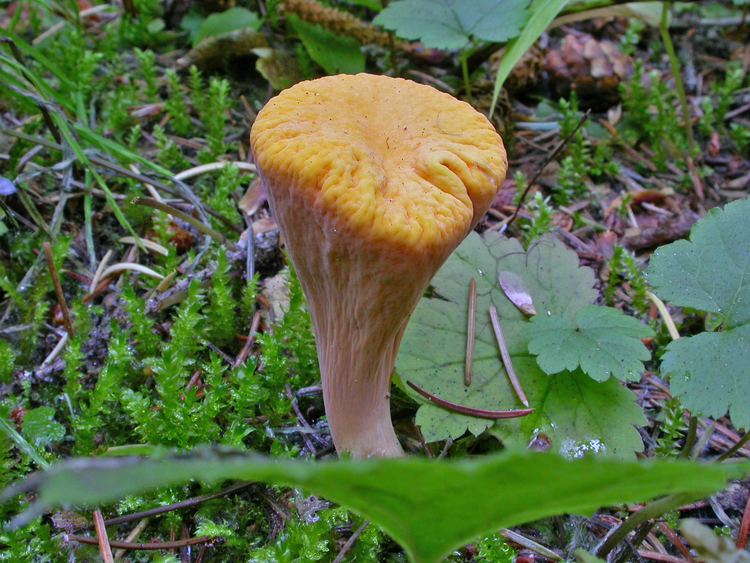Class Basidiomycetes | Division Basidiomycota Subclass Agaricomycetidae Rank Species | |
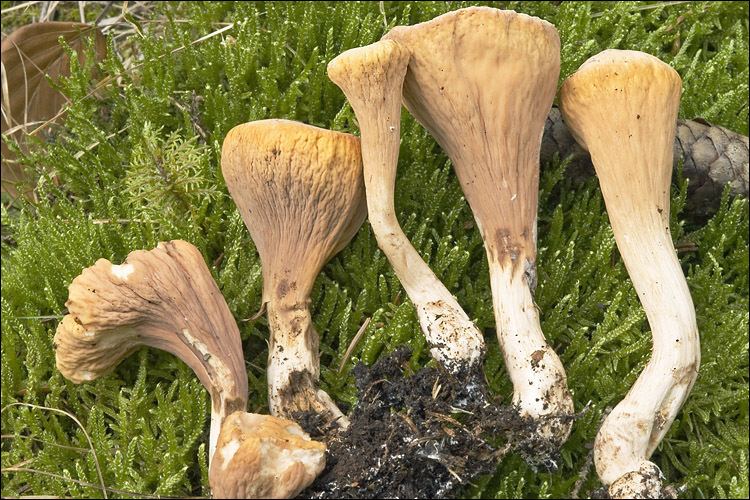 | ||
Similar Clavariadelphus, Clavariadelphus pistillaris, Clavariadelphus ligula, Gomphus clavatus, Gomphus | ||
Clavariadelphus truncatus fungi kingdom
Clavariadelphus truncatus is a species of mushroom. The common name of the species is club coral. It is a member of the Gomphaceae family of Basidiomycete fungi.
Contents
- Clavariadelphus truncatus fungi kingdom
- Clavariadelphus truncatus
- Description
- Habitat
- Edibility
- Medicinal
- References
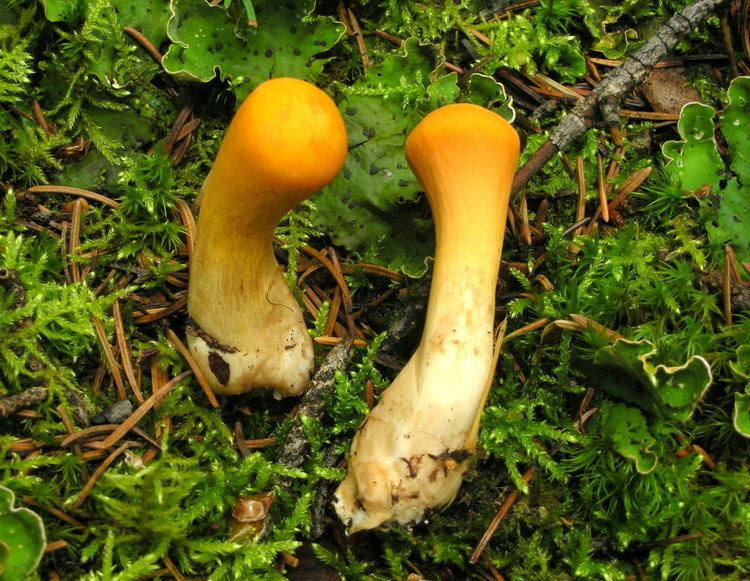
Clavariadelphus truncatus
Description
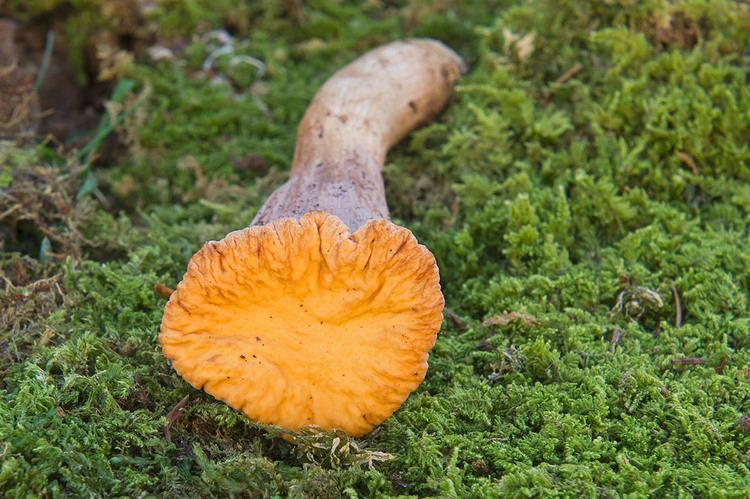
The species has a fruiting body in the shape of a club. The flesh is white, thin, and hollow at the top. The vertical side of the fruiting body normally has folds and wrinkles, but can be smooth. The spores are smooth and their spore print is pale yellow to ochre. The yellow chanterelle is distantly related to the mushroom and looks nearly the same, except for the ridges and cross-veined hymenium. The authors of edible Wild Mushrooms of North America said that they think that it is unlikely that anyone would confuse the mushroom with another species.
Habitat
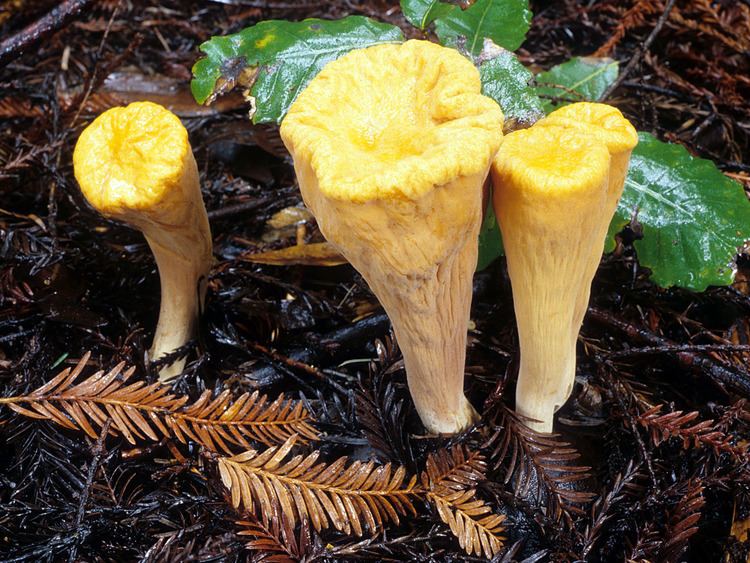
The mushroom's habitat is in coniferous forests from summer to autumn. The mushroom is a common species. The species can be found at a high elevation and is widely distributed. C. truncatus can bioaccumulate significant amounts of zinc, and radioactive caesium-137.
Edibility
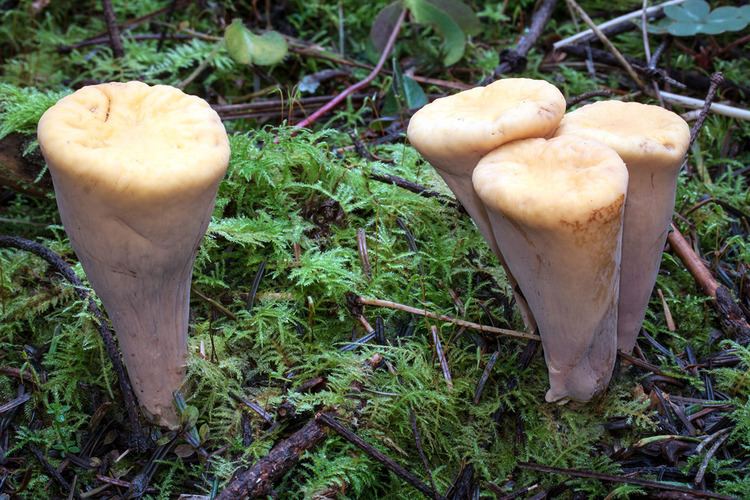
The mushroom is edible and has a sweet taste. While the species is edible, old mushrooms may be spongy and soft inside. The species is high in nutrition and can be used for cooking. The authors of North American mushrooms: a field guide to edible and inedible fungi said that the mushroom has a pleasant odor. A Field Guide to Mushrooms: North America says that the mushroom is one of the best to eat and has a sweet flavor that is especially appealing to some people. David Arora, the author of Mushrooms demystified: a comprehensive guide to the fleshy fungi, said that the mushroom can be sauteed and served for dessert.
Medicinal
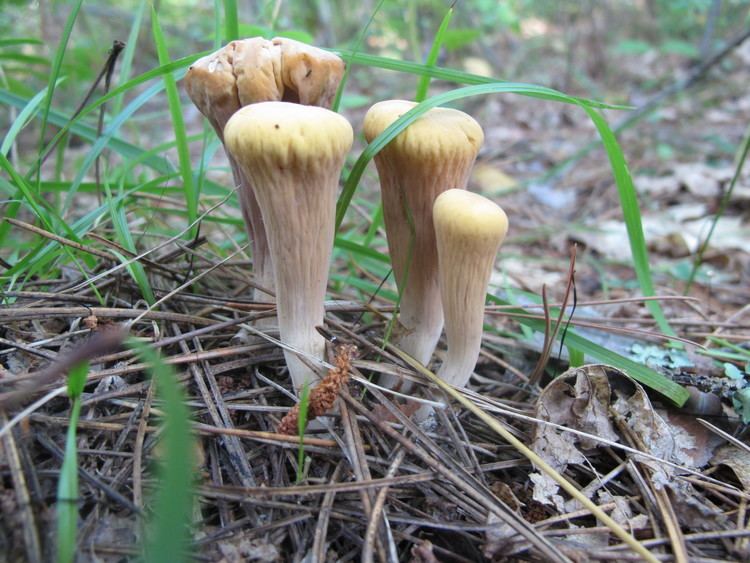
The mushroom contains clavaric acid, which has been shown to reduce the rate of tumor development when given to mice. Clavaric acid interferes with farnesyltransferase, an enzyme implicated in tumorigenesis, which suggests that clavaric acid may have therapeutic value in the treatment of certain cancers.
